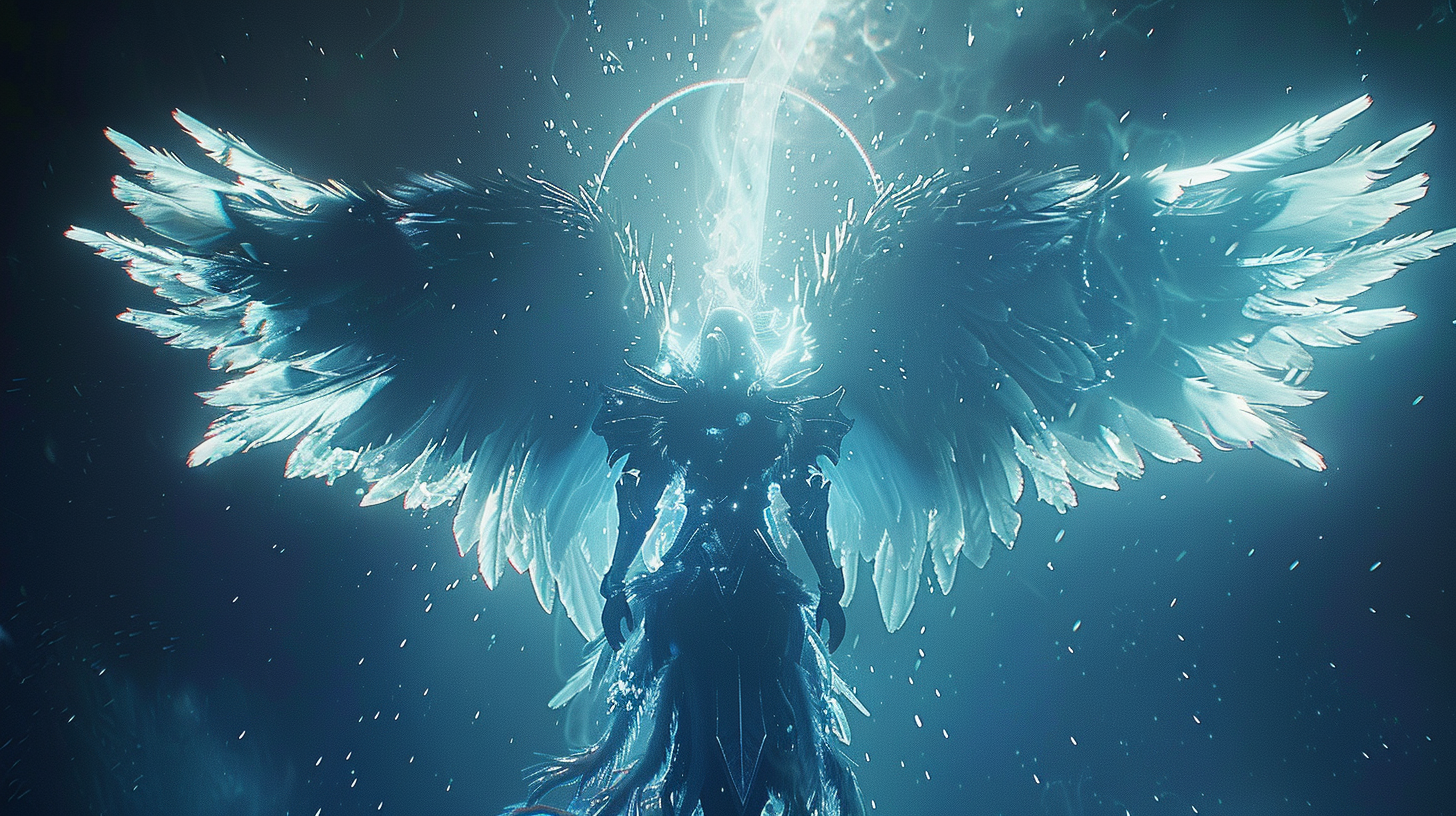In the realm of horror gaming, jump scares might grab headlines, but it’s the insidious power of sound design that truly crafts an enduring atmosphere of dread and plants terror deep within the player’s psyche. More than just background noise, expertly wielded audio elements can manipulate emotions, build tension, and even guide the player through the darkness, often far more effectively than any visual spectacle. This article delves into the critical role of sound in horror games, revealing how designers compose a symphony of fear.
1. Ambience: The Unsettling Undercurrent
Before anything explicitly scary happens, ambient sound sets the stage for dread:
- Environmental Drones: Low, sustained hums, distant creaks, or subtle wind noises can create an unnerving sense of unease. These sounds are often barely perceptible, working on a subconscious level.
- Unnatural Silence: Sudden, unnatural silence after a period of sound can be incredibly unsettling, signaling that something is about to happen or that you’re not alone.
- Subtle Disturbances: Faint whispers, distant metallic clangs, dripping water, or the rustle of unseen movement can trigger the imagination, making the player’s mind fill in the blanks with terrifying possibilities.
- Music as Mood: Horror scores often utilize discordant notes, unsettling instrumentation (e.g., scraping violins, deep cello notes), or slow, building crescendos to heighten tension without relying on explicit scares.
2. Positional Audio: What Lurks in the Dark?
3D audio and precise positional sound cues are paramount in horror:
- Directional Footsteps: Hearing footsteps approaching from around a corner, the scuttling of a creature in the vents above, or a faint moan from down a corridor can create extreme paranoia and force players to react based on sound alone.
- Proximity Cues: Sounds getting louder or clearer as a threat approaches, or fading as it moves away, provide vital, terrifying feedback. This allows the game to subtly guide the player’s attention or signal danger without needing to be visible.
- Off-Screen Threat: Perhaps the most effective use of positional audio is to imply a threat that the player cannot see. A monster breathing heavily just out of sight, or a door creaking open behind them, can be more terrifying than seeing the creature directly.
3. Foley and Sound Effects: The Punctuation of Panic
Specific sound effects punctuate the fear, providing crucial feedback and emotional spikes:
- Jumpscare Audio: While overused, a sudden, loud, jarring sound (a scream, a crash, a roar) is designed to trigger an immediate fight-or-flight response. When used sparingly and effectively, it can be incredibly impactful.
- Character Sounds: The player character’s heavy breathing, racing heartbeat, or fearful gasps immerse the player in the character’s terror, creating a physiological response.
- Object Interaction: The sound of a key turning slowly in a lock, a floorboard creaking underfoot, or glass shattering unexpectedly can heighten tension in mundane situations.
- Monster Sounds: The unique growls, screeches, or unearthly noises of a monster become part of its identity, evoking fear even when the creature isn’t visible. Think of the Xenomorph’s hiss in Alien: Isolation or the Clickers’ echoing sounds in The Last of Us.
4. Psychological Manipulation: The Unreliable Narrator
Sound design can actively trick the player, creating a sense of unreliable reality:
- Phantom Sounds: Hearing whispers or distant sounds that turn out to be nothing can make players doubt their own senses, increasing paranoia and making them less trusting of their perception.
- Disorientation: Overlapping, distorted, or cacophonous sounds can overwhelm the player, creating a sense of confusion and helplessness, mirroring the character’s mental state.
- The Build-Up: Sound designers meticulously craft sequences where tension slowly builds through escalating audio cues – a subtle hum, then a distant thud, then closer footsteps, then a sudden burst of activity – leading to a terrifying climax.
Case Studies in Auditory Terror:
- Dead Space: Mastered the art of environmental sound, with groaning ships, clanking machinery, and the distant, unsettling sounds of Necromorphs echoing through vents, creating constant dread. The sound of Isaac Clarke’s heavy breathing and suit movements added to the claustrophobia.
- Silent Hill 2: Utilized abstract, industrial, and often disturbing soundscapes that perfectly mirrored the protagonist’s deteriorating mental state. Its unsettling music and ambient noise were as terrifying as its monsters.
- Alien: Isolation: A triumph of positional audio, forcing players to rely on the terrifying, echoing footsteps and screeches of the Xenomorph as it stalked them through the environment, often remaining unseen but always heard.
In conclusion, horror games often live and die by their sound design. It’s the unseen force that manipulates our emotions, guides our fears, and plunges us into the heart of terror. By understanding the intricate interplay of ambience, positional audio, and psychological manipulation, sound designers compose not just game audio, but a true symphony of fear that resonates long after the screen goes dark.

